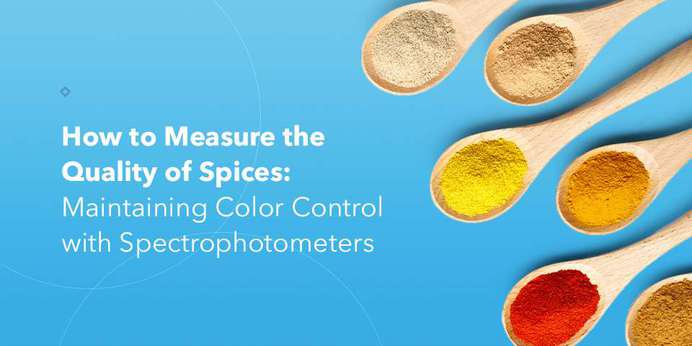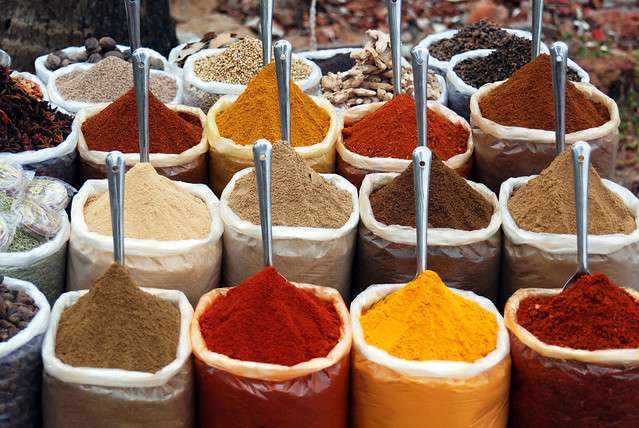Using the ColorFlex L2 for Color Control
Although spices come in a variety of colors, textures, and consistencies, they often share enough similar attributes to be measured using one specific style of device. When measuring color control in spices, samples are usually opaque in nature and most accurately measured using reflectance methods and 45°a:0° annular illuminated optical geometry.
HunterLab has transformed our most popular spectrophotometer into an even more powerful solution with ColorFlex L2. We've designed this spectrophotometer for unparalleled accuracy, versatility, and value. This innovative device is ideal for fast, accurate spice color data capture, equipping users with the capability to meet government standards and quality expectations.
Our ColorFlex L2 delivers maximum user-friendliness to save your business time and boost efficiency. It integrates into existing workflows in just minutes with built-in setup and training wizards, eliminating lengthy training windows. Obtaining measurements you can trust takes mere seconds thanks to the high-precision camera with image preview to help eliminate the potential for errors.
This spectrophotometer functions as an independent color workstation with no external PC connection needed. Ample storage and our improved Essentials 2.0 software simplify the visualization of tristimulus and spectral data sets, making analysis equally straightforward. Connect accessories like a monitor, mouse, or keyboard if preferred.
ColorFlex L2 includes USB and Ethernet ports to further streamline workflows and support color consistency across facilities, batches, and production lines. Share readouts for faster decision-making, export data for printing, or push outcomes directly to Statistical Process Control (SPC) or Laboratory Information Management Systems (LIMS).
This innovative color measurement solution is also engineered for reliable performance in your most demanding production environments and busy quality control labs. Its compact footprint, industrial-grade glass, and spill-proof case preserve valuable bench space and translate into minimal maintenance time. Additionally, ColorFlex L2 includes our world-class customer support and built-in advanced diagnostics to help ensure peak operation.
Trust the Leader in Spectrophotometers for Spice Color Control
As the originator of measuring color for appearance, HunterLab is a trusted name in the industry for scientific color quality control solutions and is utilized by major brands around the world. Contact HunterLab today, and let us put our more than 70 years of experience and expertise to the test to find the right solution for your color control needs.




